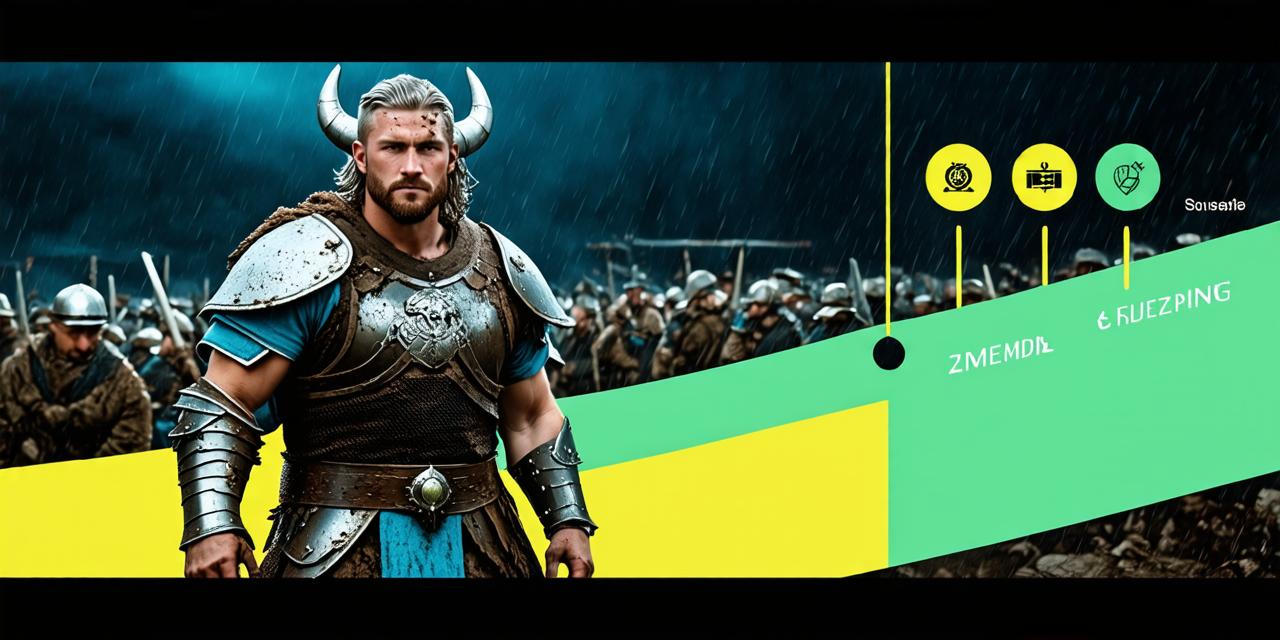The Early Days of Website Design: A Text-Based World
In the early days of the internet, websites were simple text-based documents that could be accessed using a command line interface. These early websites were often used as online bulletin boards or to share files and information among friends and colleagues. While these early designs were limited in terms of functionality and visual appeal, they laid the groundwork for what would become the modern web.
One of the earliest examples of website design is the creation of Tim Berners-Lee’s first web browser, Mosaic, in 1993. Mosaic was a text-based browser that allowed users to view web pages as a series of hyperlinked text documents. This early version of the internet was not exactly user-friendly, but it did pave the way for more sophisticated designs to come.
As the internet grew and became more accessible to the general public, the need for better website design became increasingly apparent. In 1995, the first web page with images and multimedia content was created by Marc Andreessen, who later went on to co-found Netscape Communications.
This new approach to website design allowed for more interactive and engaging experiences, as users could now view images, videos, and other multimedia content alongside text.
The Dot-Com Boom and Bust: A Period of Rapid Growth and Innovation
In the late 1990s and early 2000s, the dot-com boom brought about a period of rapid growth and innovation in website design.
During this time, web designers began to experiment with new technologies and techniques that allowed them to create increasingly complex and visually stunning websites. Some of the key trends in website design during this period include:
- The rise of Flash animation and multimedia content, which allowed for more engaging and interactive experiences.
- The use of cascading style sheets (CSS) to separate content from presentation, making it easier to maintain and update website designs.
- The emergence of new web standards and technologies, such as HTML5 and CSS3, which made it possible to create even more sophisticated and visually stunning websites.
While the dot-com boom brought about many exciting developments in website design, it also resulted in a period of rapid growth and innovation that eventually led to a bubble and subsequent crash. As the market became oversaturated with new websites and businesses, many internet startups failed, leaving behind a more mature and focused industry.
The Rise of Responsive Design: Adapting to the Mobile Web
In recent years, the rise of mobile devices has forced web designers to adapt their designs to meet the needs of users accessing the internet on their smartphones and tablets. This new approach to website design, known as responsive design, involves creating flexible and adaptable layouts that can be customized to fit the screen size and orientation of any device.
Responsive design has become an essential aspect of modern web design, as more and more people access the internet through their mobile devices. By using responsive design techniques, web designers can create websites that are easy to use and navigate on a wide range of devices, while still delivering a consistent and engaging user experience.
The Future of Website Design: Predictions and Trends
As website design continues to evolve and adapt to the changing needs of users and businesses, there are several key trends and predictions that are likely to shape the future of this field. Some of the most exciting developments in website design include:
- The increasing use of artificial intelligence (AI) and machine learning (ML) to enhance user experiences and optimize website performance.
- The emergence of new technologies, such as virtual reality (VR) and augmented reality (AR), which will allow for even more immersive and interactive website experiences.
- The growing importance of accessibility and inclusivity in website design, as businesses strive to create a more diverse and welcoming online presence for all users.

By staying up-to-date with these trends and predictions, web designers can continue to push the boundaries of what is possible with website design and create truly innovative and groundbreaking experiences for their clients and users.
Conclusion
The evolution of website design has been a long and fascinating journey, as designers have continually adapted to meet the changing needs of the internet and its users. From text-based documents to immersive virtual reality experiences, the history of website design is a testament to the ingenuity and creativity of this dynamic field.
As we look to the future, it is clear that website design will continue to be an essential part of the digital landscape. By embracing new technologies and trends, and by staying true to the core principles of design and usability, web designers can help shape the future of the internet and create a more engaging and meaningful online experience for all users.



